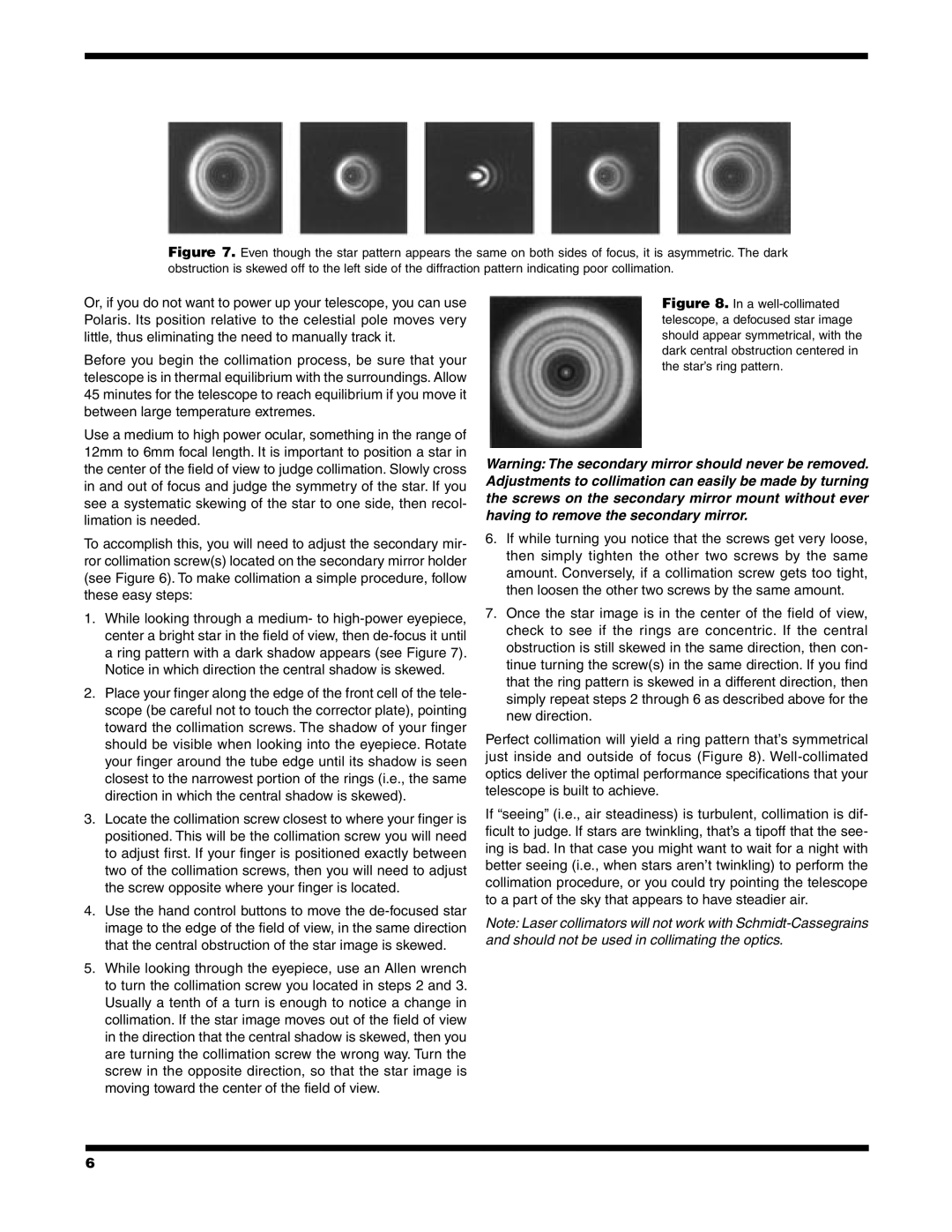
Figure 7. Even though the star pattern appears the same on both sides of focus, it is asymmetric. The dark obstruction is skewed off to the left side of the diffraction pattern indicating poor collimation.
Or, if you do not want to power up your telescope, you can use Polaris. Its position relative to the celestial pole moves very little, thus eliminating the need to manually track it.
Before you begin the collimation process, be sure that your telescope is in thermal equilibrium with the surroundings. Allow 45 minutes for the telescope to reach equilibrium if you move it between large temperature extremes.
Use a medium to high power ocular, something in the range of 12mm to 6mm focal length. It is important to position a star in the center of the field of view to judge collimation. Slowly cross in and out of focus and judge the symmetry of the star. If you see a systematic skewing of the star to one side, then recol- limation is needed.
To accomplish this, you will need to adjust the secondary mir- ror collimation screw(s) located on the secondary mirror holder (see Figure 6). To make collimation a simple procedure, follow these easy steps:
1.While looking through a medium- to
2.Place your finger along the edge of the front cell of the tele- scope (be careful not to touch the corrector plate), pointing toward the collimation screws. The shadow of your finger should be visible when looking into the eyepiece. Rotate your finger around the tube edge until its shadow is seen closest to the narrowest portion of the rings (i.e., the same direction in which the central shadow is skewed).
3.Locate the collimation screw closest to where your finger is positioned. This will be the collimation screw you will need to adjust first. If your finger is positioned exactly between two of the collimation screws, then you will need to adjust the screw opposite where your finger is located.
4.Use the hand control buttons to move the
5.While looking through the eyepiece, use an Allen wrench to turn the collimation screw you located in steps 2 and 3. Usually a tenth of a turn is enough to notice a change in collimation. If the star image moves out of the field of view in the direction that the central shadow is skewed, then you are turning the collimation screw the wrong way. Turn the screw in the opposite direction, so that the star image is moving toward the center of the field of view.
Figure 8. In a well-collimated telescope, a defocused star image should appear symmetrical, with the dark central obstruction centered in the star’s ring pattern.
Warning: The secondary mirror should never be removed. Adjustments to collimation can easily be made by turning the screws on the secondary mirror mount without ever having to remove the secondary mirror.
6.If while turning you notice that the screws get very loose, then simply tighten the other two screws by the same amount. Conversely, if a collimation screw gets too tight, then loosen the other two screws by the same amount.
7.Once the star image is in the center of the field of view, check to see if the rings are concentric. If the central obstruction is still skewed in the same direction, then con- tinue turning the screw(s) in the same direction. If you find that the ring pattern is skewed in a different direction, then simply repeat steps 2 through 6 as described above for the new direction.
Perfect collimation will yield a ring pattern that’s symmetrical just inside and outside of focus (Figure 8).
If “seeing” (i.e., air steadiness) is turbulent, collimation is dif- ficult to judge. If stars are twinkling, that’s a tipoff that the see- ing is bad. In that case you might want to wait for a night with better seeing (i.e., when stars aren’t twinkling) to perform the collimation procedure, or you could try pointing the telescope to a part of the sky that appears to have steadier air.
Note: Laser collimators will not work with
6
